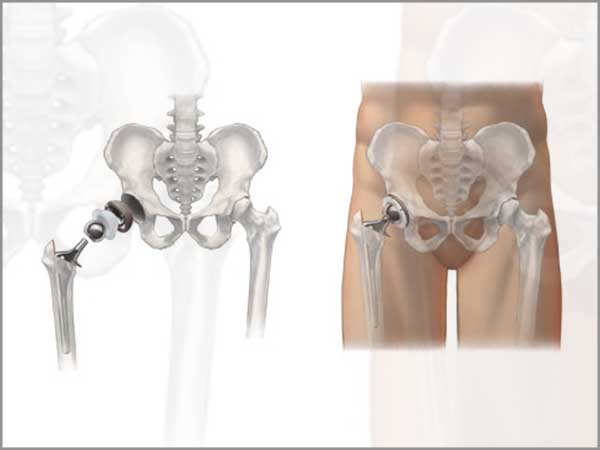Hemiarthroplasty Bipolar

Hemiarthroplasty Bipolar
Hemiarthroplasty is a surgical intervention that replaces half of the hip joint with a prosthetic component, while retaining the other half intact. Derived from “hemi,” meaning half, and “arthroplasty,” signifying joint replacement, this procedure focuses on replacing the femoral head to facilitate hip movement as the leg position changes. It is commonly employed to address fractures of the hip joint, femoral neck, or unstable intertrochanteric fractures, as well as hip damage resulting from arthritis.
Purpose: Hemiarthroplasty Bipolar employs a femoral head capable of swiveling during movement, reducing wear and tear on the new joint and potentially extending the life of the prosthesis.
Advantages: Compared to total hip replacement surgery, hemiarthroplasty typically requires less surgical time and results in reduced blood loss.
- Indications: This procedure is often performed promptly following a fall or injury resulting in a hip fracture, with the patient usually hospitalized for a few days before the surgery.
Procedure:
Anesthesia: Patients may receive either spinal anesthesia, numbing the legs while remaining awake, or general anesthesia, rendering them unconscious throughout the procedure.
Incision and Access: The surgeon creates an incision on the side of the thigh near the hip, providing access to the joint. The femoral head is then removed from the acetabulum, and a metal stem is inserted into the hollowed-out portion of the femur.
Implantation: A prosthetic femoral head is securely placed on the stem. In the case of a bipolar prosthesis, an additional head lined with plastic is attached, allowing for rotational movement.
Closure: Following implantation, the incision is closed with stitches, and a drain may be inserted to manage minimal bleeding.
Post-Procedure:
Pain Management: Patients may receive prescribed pain medications to be used as needed following the procedure.
Physical Therapy: Physical therapy typically commences during the hospital stay and continues post-discharge. The duration of therapy depends on factors such as the patient’s age and overall fitness.
Preventive Measures: Patients are advised to avoid heavy lifting and high-impact activities, opting instead for low-impact exercises to maintain overall joint health and function.
For further inquiries or to schedule an appointment, please contact us using the provided form.
